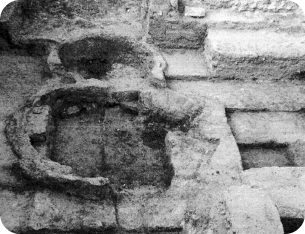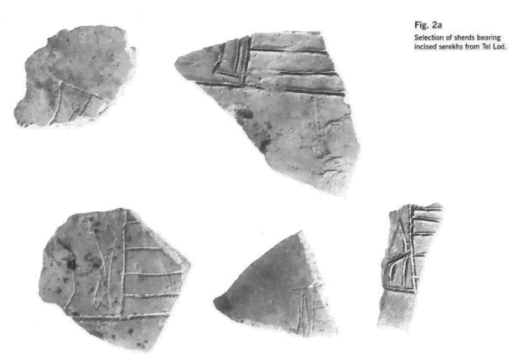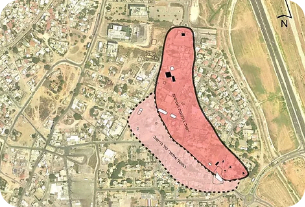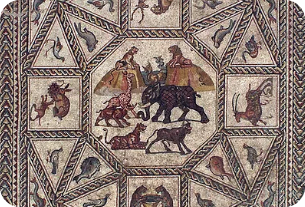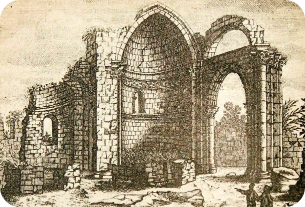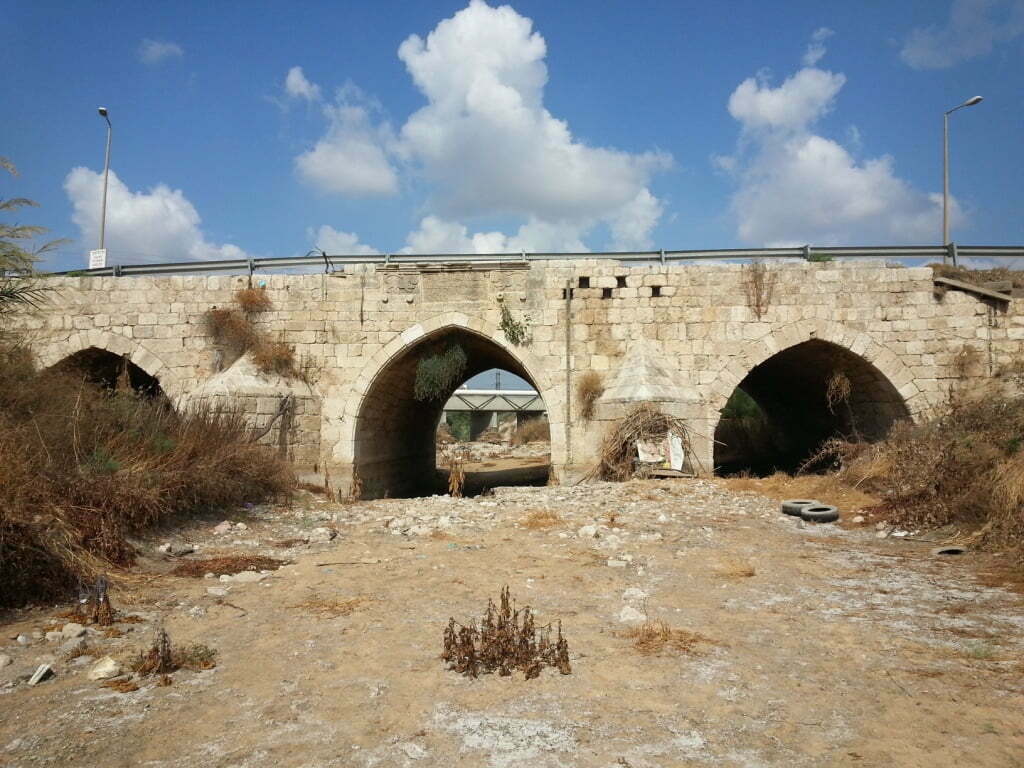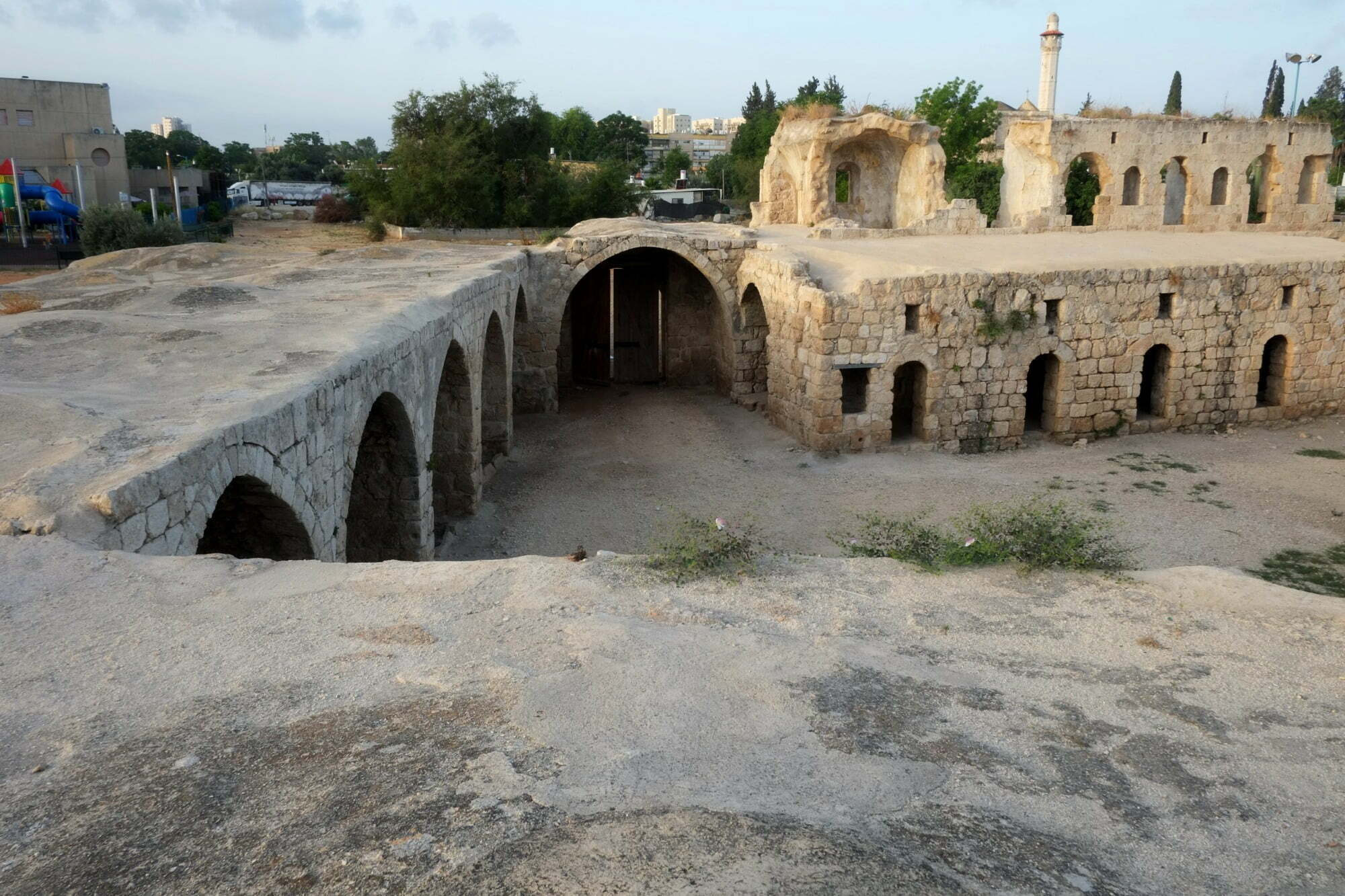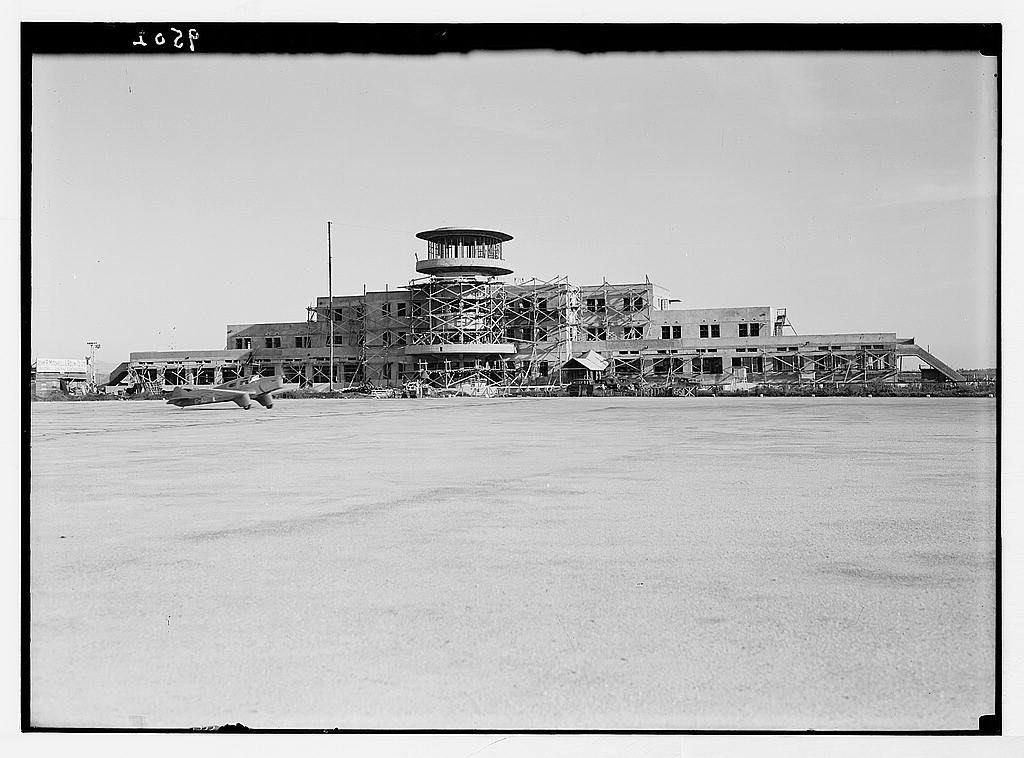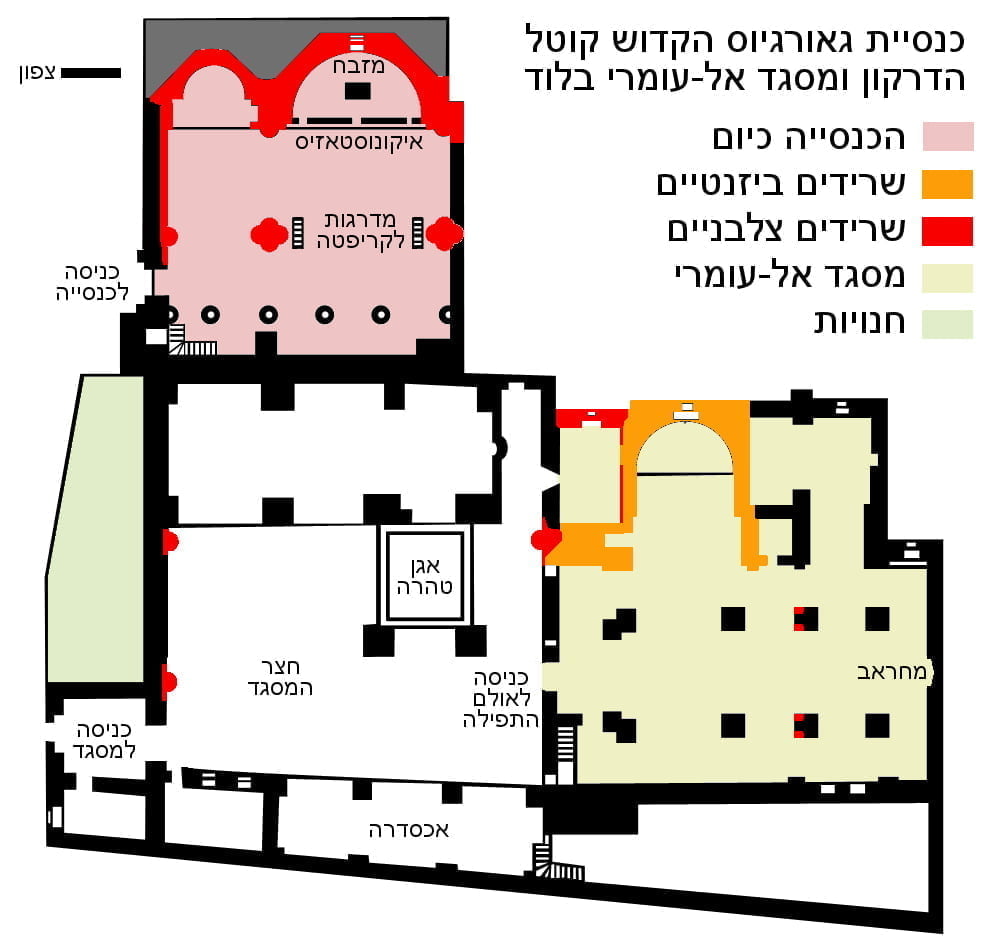During the 7th century, the country was occupied by the Moslems. The Moslem rulers designated Lod as the civil capital of “Jund Palestine” (The Palestinian district). Only 80 years later they founded the neighboring city of Ramla, which was built to replace Lod as capital.



